Cookie
This website requires cookies to provide all of its features. For more information on what data is contained in the cookies, please see our Privacy Policy page. To accept cookies from this site, please click the Accept button below.

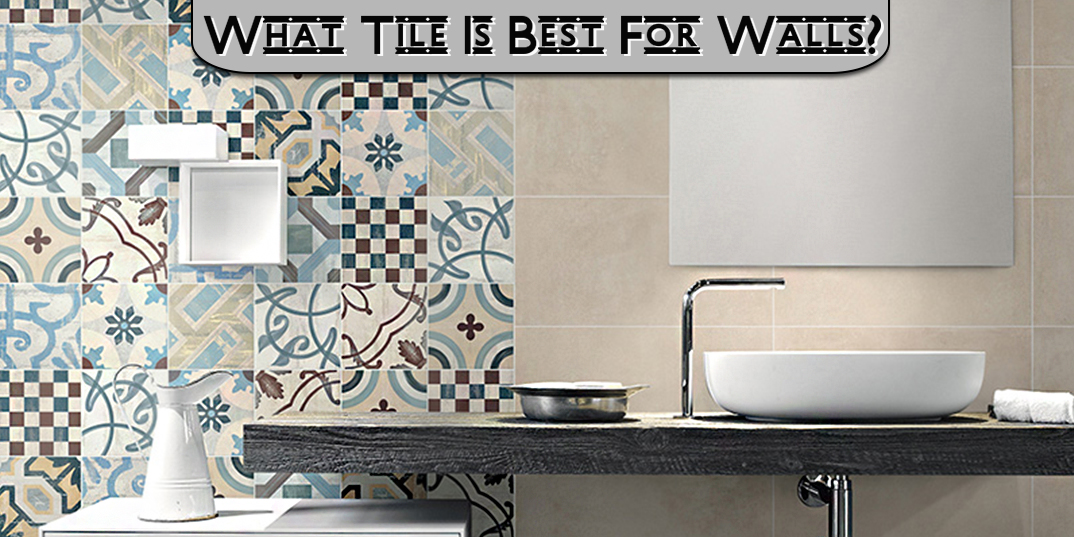
Whether you’re retiling your kitchen or your bathroom, the choices are endless. That being said, you’ve got to make sure you’re making a practical choice for your tiles.
You have a range of options to choose from with ceramic being a fan favourite. But then there’s porcelain which has a range of benefits as well as other man made tiles which have their own charm and we’re sure it will have a place in your home.
But as we delve deep into the variations of different tiles whether it’s man made or natural (think marble, stone etc), we ask you; what is the best tile for walls?
Don’t get me wrong, the floor is just as important as your walls but that’s an article for another day. For now, we’re going to look at some of the best tile options you have for the walls in your home.
Here are some of the best bathroom tiles for your home.
Okay so obviously we know the difference between the literal wall and floor but what we mean is what’s the best material to use on your walls rather than your floors?
In today’s world, the wide range of materials to choose from is just that, wide range. You’ve got so much to pick from so don’t worry about having to choose out of a handful of options. Wall tiles specifically differ from floor tiles in that they are usually not intended to be load-bearing. Glazes that are used in the manufacturing of a wall type tile are also unique and different from floor tiles. On top of this, they are not designed to resist wear from foot traffic. Furthermore, they are typically lighter and thinner than floor tiles.
In looking into the basics of a wall tile selection and detail, we’re going to look into the different tile options you have and which one is best for your walls.
Starting off with something that’s maybe seen as basic, but with good reason, let’s look at ceramic and porcelain.
The reason I say it can be seen as basic is that it’s a common option to choose but the reason for that is simple; it’s a damn good one.
Ceramic and porcelain tiles differ primarily on water absorption rates. The tile that absorbs water at a slower rate is what we call porcelain. This is always best for high-moisture spaces such as bathrooms. However, this is because porcelain tiles are produced from a finer, denser, more impervious clay than ceramic.
On the other hand, ceramic tiles are produced by firing red or white clay in a kiln and then proceeding to coat it with a durable glaze which carries the colour and pattern. Ceramic tiles can be used in areas that have a little, but not too much foot traffic. On top of this, ceramic tiles are not as hard as porcelain, so they can be cut with ease.
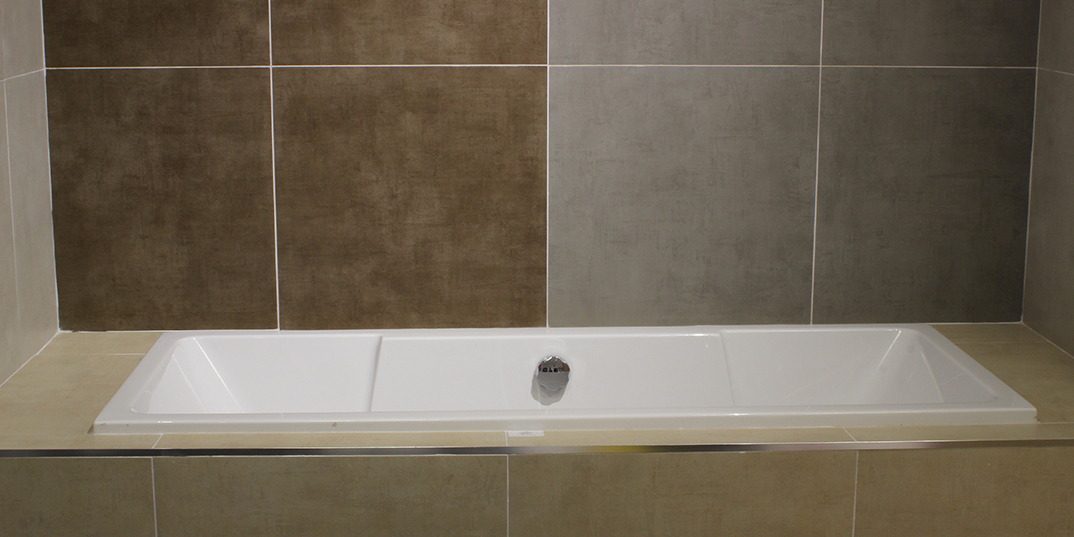

Porcelain Wall Tiles
Moving onto glass tiles, these are formed into uniform shapes from different pieces of the material.
As per Architizer:
“They’re available as both mosaic collections with a mesh backing and as individual tiles. Glass wall tiles can be used to design a patterned or plain back splash in the kitchen or bathroom. Glass wall tiles are much more solid, durable and moisture-resistant than many tiles.”
It’s worth saying that glass tiles are really easy to clean too. Its surface is a lot less porous than the surface of other tiles like ceramic. This means that they are less prone to excessive absorption of different impurities. Furthermore, they can be jointly combined with a lot of other finishing materials such as marble, granite, wood, plastic and so on.
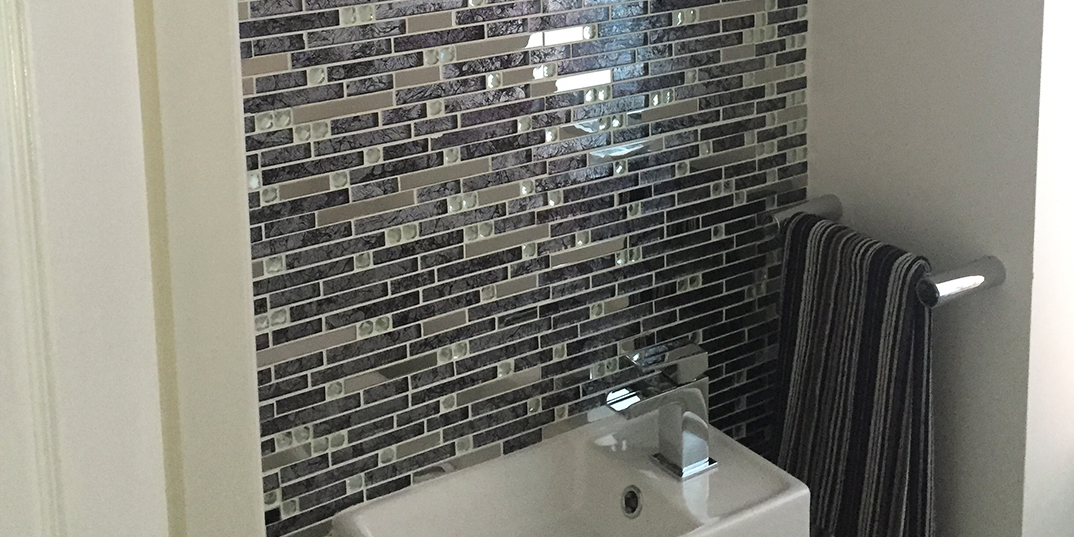

Glass Wall Tiles
Typically used for wall applications, Glazed tiles are the most popular as being subway tiles or in the London underground. They will most likely have a width-to-height ratio of about 2:1 as well. Glazed tiles are usually made out of ceramic or porcelain but they are usually fired at a high temperature in order to come out with a dense, durable tile that’s resistant to moisture.
The whole process of glazing means for brighter colours and will be able to create a glass-like surface.
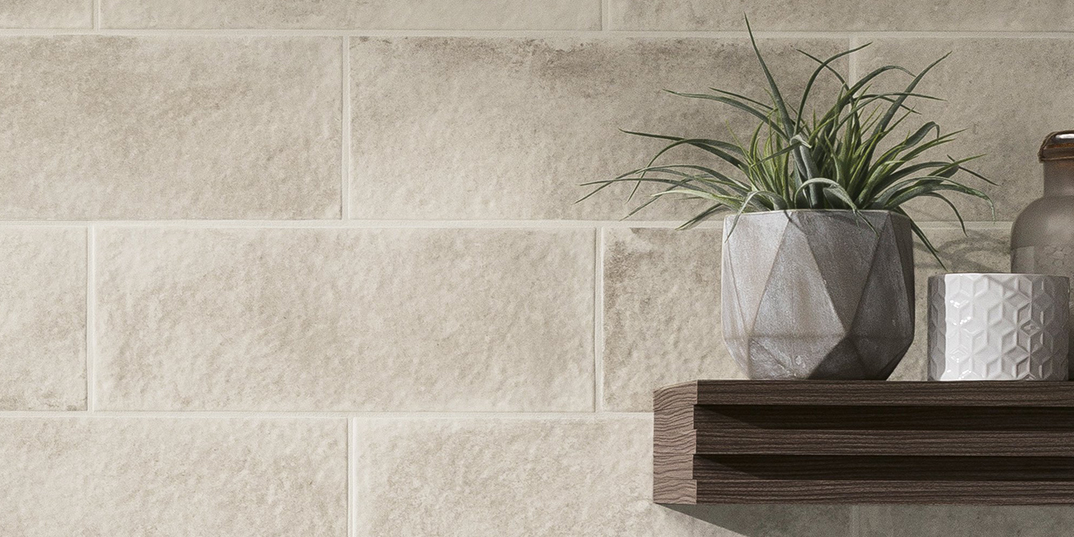

Glazed Wall Tiles
Made up of small materials placed together in order to create a pattern or image, mosaic tiles are usually used in decorative environments.
Defined as an inlay design pattern, a mosaic design is a tile smaller than 2×2”. Unique mosaic patterns are very varied. They can feature out of the box materials, interesting colours, and tile shapes. They are available in shapes and styles like square, penny round, arabesque, chevron or herringbone.
Author Eric Baldwin writes:
“Normally, mosaic tiles are used for backsplashes and walls. Mosaic tile can be used for floors, but this application isn’t popular because its many grout lines make clean-up harder.”
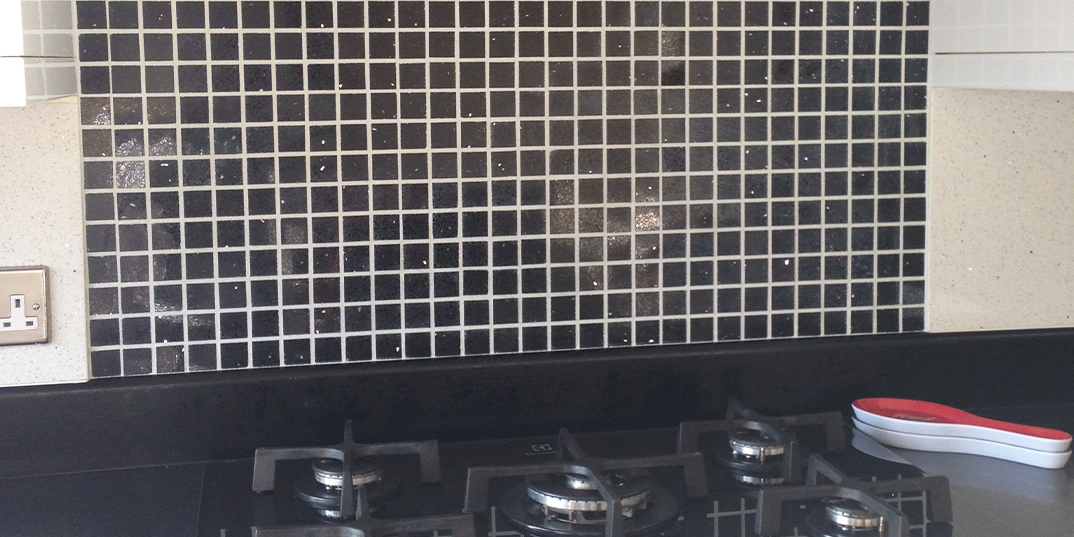

Mosaic Wall Tiles
These types of tiles remain popular today due to their ability to withstand significant wear and tear while retaining their aesthetics and appeal. Natural stone tiles have been around for donkey’s years and they are normally made from granite, marble, slate, and travertine.
Where moisture is not a worry, these work great! Natural stone tile will have rectified edges but they are known to be heavy, and all stone tiles are porous.
“It’s important to remember sealing before installation is complete. Natural stone tiles can be found in a variety of commercial and residential properties and applications, mainly in kitchens, bathrooms, and hallways.”
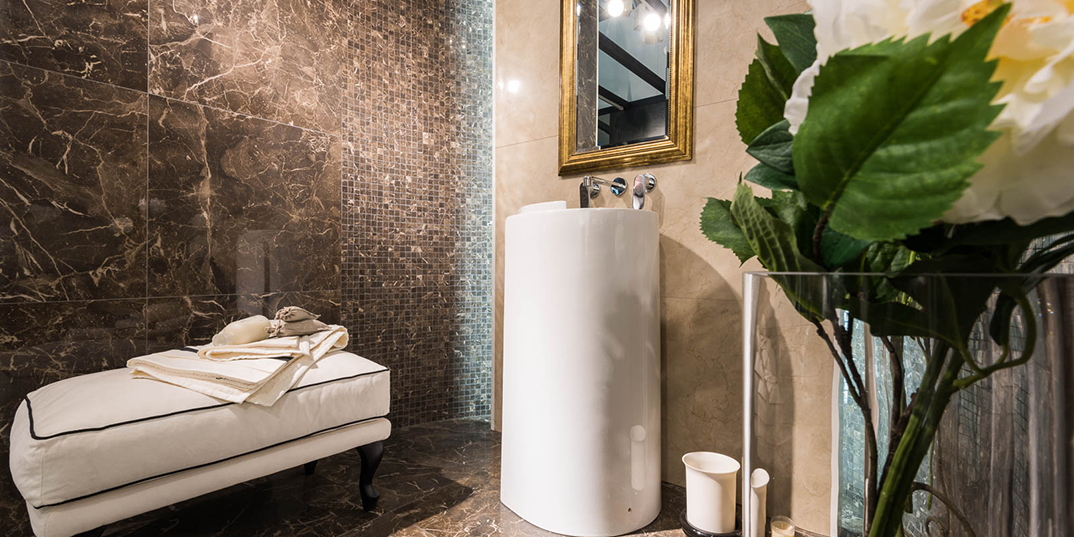

Natural Stone Wall Tiles
In the end, what you choose tiles for your walls is entirely up to you. These options are all subjective and everyone will have a different opinion on what best fits their home.
Be rest assured that the options don’t just limit to what we’ve mentioned above, the list goes on and surely worth exploring!
For a wide range of options available at great prices, check out TilesPorcelain here! From ceramic to natural stone to porcelain, there’s something there for you and at great prices!